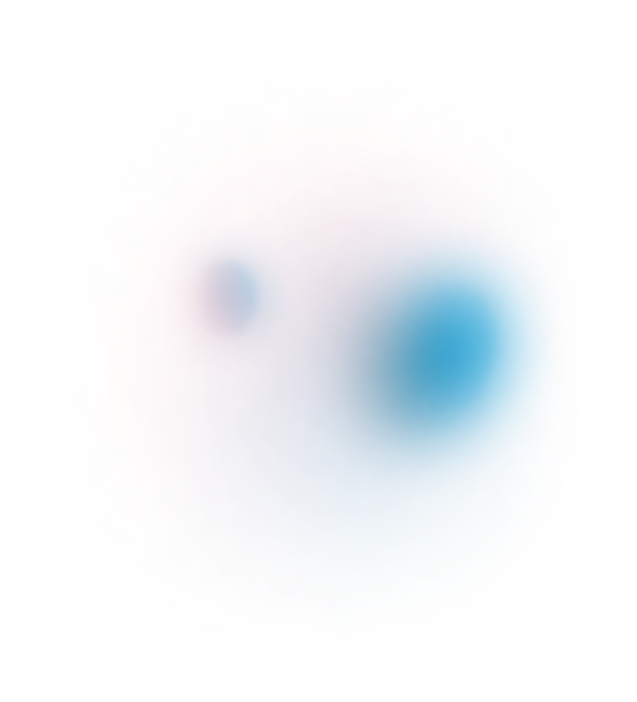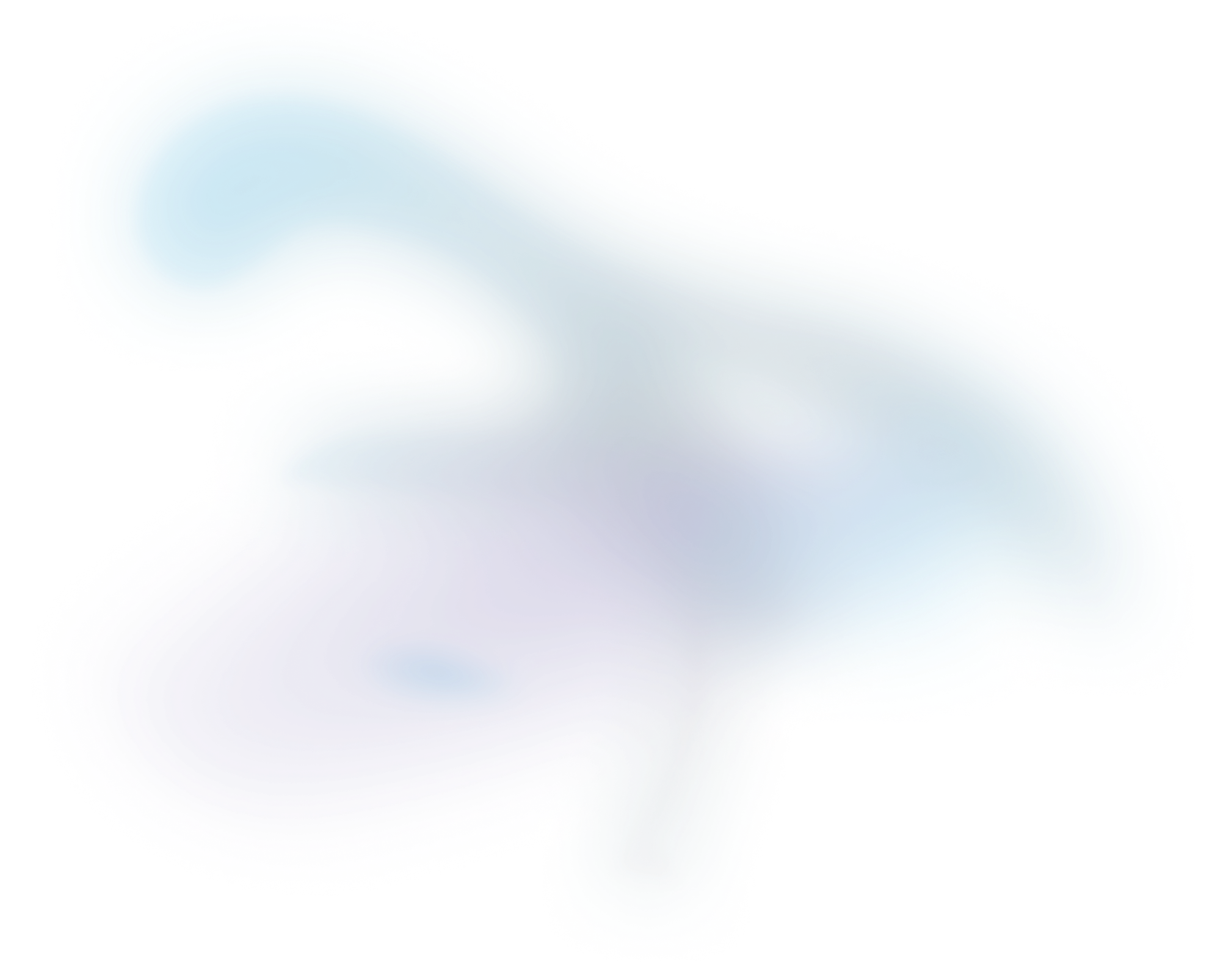

Spatial omics part 1: the history and how of histology
In this series of blogs, we address different aspects of spatialomics and spatial multi-omics, a rapidly emerging field that looks at molecular markers of cells and tissues in a spatial context. To understand the importance of spatialomics, we have to understand Histology, right at the birth of modern medicine.
Access publication
In this series of blogs, we address different aspects of spatialomics and spatial multi-omics, a rapidly emerging field that looks at molecular markers of cells and tissues in a spatial context. To understand the importance of spatialomics, we have to understand Histology, right at the birth of modern medicine.
This post is part of our series titled "Introduction to spatial omics", which contains the following entries:
- Spatial omics part 1: the history and how of histology (current post)
- Spatial omics 2 – Mixing Modern Methods mit Microscopy
- Spatial omics 3 – proteomics with immunolabelling
- Spatial omics 4 - Antibody visualization: from microscopy to mass spectrometry
Table of contents
Introduction
You may have heard a lot of talk lately about Spatial Omic or Spatial Omics techniques and wondered what it was. Put simply, many omics technologies in the last years have been adapted to give out spatially resolved data, for example transcriptomics via NanoString platforms or mass spec imaging for proteomics. Now, you might ask why is this important: many spatial technologies currently aren’t as sensitive as established omics tech – you can identify many more proteins with LC-MS than with immunostaining or MSI, and surely it’s better to get as complete a dataset as possible. That’s true, but it’s also true that understanding the spatial organization of cells, tissues, and biological systems is necessary to understand health and disease. After all, if I put a pizza in a blender, that smoothie will still contain what was on that pizza, but you won’t know the original distribution of all of the toppings because maybe only half of the pizza had pineapple.
It’s for this reason that if you were to ask me if I think histology and microscopy would ever become completely superseded, I’d have to say “Mmmm, unlikely”. I know, I know – I’ve spent the last few blogs saying things like “you can’t detect this stuff with typical histology methods!”, and I stand by that statement! But given the importance and role of histology in understanding and diagnosing disease, and the move towards spatial omic analysis, it’s necessary to know different histological techniques and how they impact omics analysis. Let me explain more with this blog.
Microscopy? Histology?! H&E?!?! A short explainer.
So first up, let’s just define some terms, especially for those out there who don’t have a background in this.
- Histology is the study of microscopic anatomy with histopathology being a branch that studies diseased tissues. Consider these to be the microscopic equivalent of gross anatomy and pathology which looks at whole organs. For the sake of simplicity, I will just use ‘histology’.
- Microscopy is the technique of using a microscope to view things which cannot normally be seen with the naked eye. Although typically associated with the examination of glass slides with optical (light) microscopy, microscopy also includes electron microscopy, in which electrons beams are used to view surface of subcellular features in the nanometer scale, scanning probe microscopy which measures feedback from a probe that interacts with the specimen surface to produce images, and DNA microscopy which uses amplification of nucleotide tagging to generate signals and algorithms to calculate their proximity to one another an infer a physical image 1 . DNA microscopy, EM and SPM won’t be discussed in these entries.
While microscopes have been around for centuries and were used to view cells and microbes by van Leeuwenhoek all the way back in the late 17th century 2, histology as a formal discipline only really developed in the 19th century following Virchow’s teachings in Cellular Pathology 3 and improvements in microscope and sample preparation technology. While histology can use fresh-frozen tissues, particularly in a surgical context, samples are mostly fixed to prevent putrefaction and embedded in a mounting medium to support the tissue. Since the discovery of formaldehyde for tissue preservation 4, formalin-fixed paraffin-embedded (FFPE) samples became the most used for microscopic examination in histology, although other embedding substances and fixation methods are also used, depending on what is being examined. Formalin preserves tissue by cross-linking proteins; samples are typically immersed in a 10% buffered formalin solution for 4-48 hours and fixed by diffusion.
Processing of FFPE samples after fixation is largely automated nowadays and generally has the following steps:
- Dehydration: the sample is dehydrated in graded alcohol to remove the formalin and residual water
- Clearing: the alcohol is cleared from the sample using an organic solvent e.g. xylene, to make the tissue paraffin permeable. This step also makes the tissue transparent.
- Infiltration: the sample is infiltrated with molten paraffin to support the tissue and replace areas formerly filled with water; and
- Embedding: the sample is embedded into a block of molten paraffin. When the block solidifies, it can be cut on a paraffin microtome.
Because FFPE samples are relatively easy to create and can theoretically be stored at room temperature indefinitely, large tissue archives exist in different facilities across the globe. For this reason, many analytical techniques, not just those for spatial analyses, have methods adapted for FFPE samples such as DNA extraction and PCR 5,6, and metabolomics and proteomics with mass spectrometry 7,8.
As mentioned, part of the processing of FFPE tissue results in the sample essentially becoming transparent. To view under a microscope, samples are deparaffinized in a solvent and rehydrated graded alcohol before staining with dyes or immunolabelling 9.
- Hematoxylin (or haematoxylin) and eosin (H&E) are two of the most commonly used histological stains, widely used in combination with each other. While there are different hematoxylins and eosins out there, hematoxylin generally stains nuclei blue-black, while cytoplasm and connective tissues are stained various shades of pink by eosin, allowing for the simultaneous visualization and interpretation of tissue structures.
- Immunohistochemistry (IHC) is a histological technique that uses the binding of an antibody to an antigen (i.e. immunological interaction) and a chemical method of detection (chromagen) to label and view features in tissue specimens. Antigens are typically proteins or glycoproteins expressed by cells, such as T-cell markers CD3, CD4 or CD8, or GFAP for macroglial cells in the central nervous system. Chromagenic detection is usually an enzymatic reaction of a substrate into colored product at the antigen site. Additionally, IHC frequently also uses hematoxylin as a counterstain to show nuclei and get an overview of the tissue.
- Immunofluorescence (IF) is the use of a fluorescent probe conjugated to an antibody to visualize features rather than chemical detection. IF is usually used to refer to detection in tissues, which should more correctly be immunohistofluorescence, but I’ll let that slide. Different colored fluorescent probes are available (e.g. green fluorescent protein), allowing for use of multiple antibodies on a section – the different labels are viewed using filters on a fluorescent microscope.
Table 1 explains some pros and cons of H&E, IHC and IF.

There is also in-situ hybridization (ISH) where nucleic acids (typically mRNA) are targeted in tissue sections, showing the loss or gain of gene expression spatially. ISH can be visualized using fluorescence (FISH) or chromagens (CISH).
H&E staining has been around for over a century, while IHC, IF and ISH have also been around for more than 40 years. A consequence of being established for so long is that there is a large body of work on how to interpret different tissues and stains, knowing if something is real or an artifact, and troubleshooting. At this point, you might be thinking “For real, you’re telling me that we can’t find a technology that’s better than one that’s a hundred years old because it’s been here for so long?” No, that’s not what I’m saying.

The importance of spatial context
With the technical stuff out of the way, let’s return to why histology and microscopy won’t go away. We know that changes in cells can affect health and disease, and since cells and tissues don’t operate in isolation, spatial context matters a lot. Take for example cancer: after establishing that something is cancer, the cells, structures, and markers present in the tumor microenvironment are used to understand the cancer’s stage, origin, and treatment course. A quick way to establish if it’s cancer and what’s in it is to use that century old technique of staining and checking under a microscope – let’s not reinvent the wheel. But that’s not to say histology, microscopy and the associated techniques will remain the same.
Continuing with cancer as an example, as knowledge of different cancers becomes more refined, more information is needed to make accurate diagnoses and give appropriate treatments 10. While quick and useful, H&E staining does not provide molecular, protein, or biochemical information. This can be overcome with IHC, IF and ISH, but conducting these can take a lot of time and precious tissue, especially when multiple markers are required. In addition, specialized training is required to interpret these slides which can lead to variation between different users, especially for ambiguous cases. These limitations are recognized by pathologists who are increasingly supplementing the classical histology methods with molecular testing.
From here, I think two main things will probably happen:
- Some histological methods will be replaced by more specific analytical techniques, using histology/microscopy as a guide; and
- The rise of novel technologies that have adopted aspects of histology/microscopy to be conducted spatially.
We’ll address these two future applications and the rise of spatial omics in the next entry!
Conclusion
In this post, we went over some of the history of histology and basic techniques If you have questions about analysis of histological data, feel free to contact Aspect Analytics about spatial analysis strategies.
Side note: For those who are very interested in how to produce samples for histology and different histological methods, I highly recommend reference 9 - Bancroft’s Theory and Practice of Histological Techniques, which is currently in its 8th edition.
References:
- Weinstein JA, Regev A, Zhang . DNA Microscopy: Optics-free Spatio-genetic Imaging by a Stand-Alone Chemical Reaction, Cell, 2019, 178, 229-241
- Lane N. The unseen world: reflections on Leeuwenhoek (1677) 'Concerning little animals'. Philos Trans R Soc Lond B Biol Sci 2015;370.
- Byers JM, 3rd. Rudolf Virchow--father of cellular pathology. Am J Clin Pathol 1989;92:S2-8.
- Blum F. Der formaldehyd als haertungsmittel. Zwiss Mikrosk 1893;10:314–5.
- Campos PF, Gilbert TM. DNA extraction from formalin-fixed material. Methods Mol Biol 2012;840:81-5.
- Panchal NK, Bhale A, Chowdary R, Verma VK, Beevi SS. PCR Amplifiable DNA from Breast Disease FFPE Section for Mutational Analysis. J Biomol Tech 2020;31:1-6.
- Fowler CB, O'Leary TJ, Mason JT. Toward improving the proteomic analysis of formalin-fixed, paraffin-embedded tissue. Expert Rev Proteomics 2013;10:389-400.
- Kelly AD, Breitkopf SB, Yuan M, et al. Metabolomic profiling from formalin-fixed, paraffin-embedded tumor tissue using targeted LC/MS/MS: application in sarcoma. PLoS One 2011;6:e25357.
- Bancroft's Theory and Practice of Histological Techniques. 8th ed. Elsevier: 2019.
- Schwamborn K, Kriegsmann M, Weichert W. MALDI imaging mass spectrometry - From bench to bedside. Biochim Biophys Acta Proteins Proteom 2017;1865:776-83.

